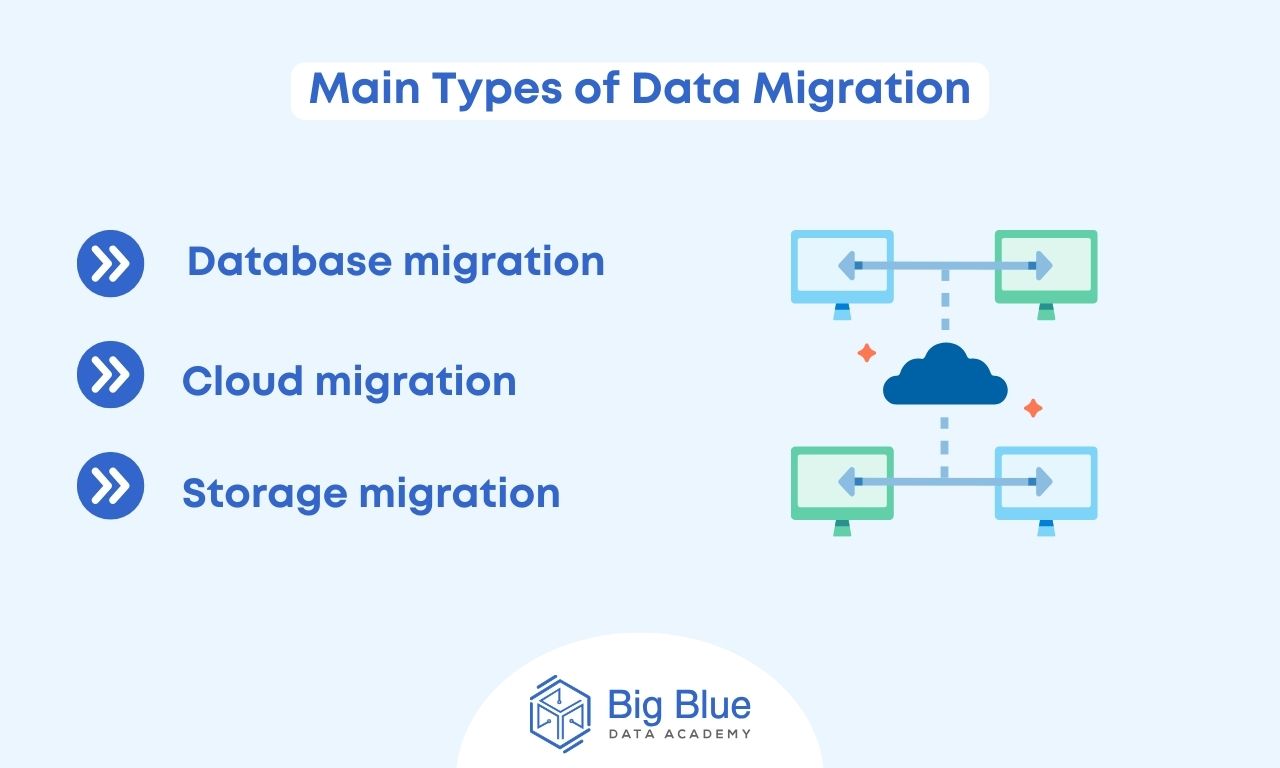Data Migration: Definition, Types & Strategy
A business, in an effort to maximize the value it extracts from the plethora of data at its disposal, is called upon to choose optimal environments and storage spaces for its data to always be accessible.
Often, many businesses opt to shift their workloads to the cloud, as it offers a particularly cost-effective and efficient solution.
This relocation of data, known as data migration, always needs to be carried out with care and based on the needs of each organization or enterprise.
In today's article, we will explore:
What data migration is and why it is important
Different types of data migration
Best practices for data migration
Let's start with a basic definition.
What is Data Migration and Why is it Important?
Data migration is the process of transferring data from one storage system or computing environment to another.
A business or organization may undertake data migration for various reasons.
For example, it may perform data migration when it needs to replace or upgrade a server, conduct infrastructure maintenance, or move data between third-party cloud providers.
Understanding that the data migration process is particularly crucial, businesses can not only upgrade their services and applications but also increase overall productivity and reduce the cost of storing large volumes of data.
Now that we've covered some basics of data migration, let's look at the types of data migration.
Types of Data Migration
The main types of data migration are the following.

Type #1: Database Migration
Database migration involves transferring database files to a new device, such as when a company upgrades or moves a database to the cloud.
It is crucial to always back up database files before initiating the migration.
Type #2: Cloud Migration
Cloud migration involves transferring data or applications from on-premises locations to cloud environments for better management or moving data from one cloud service to another.
Cloud environments offer scalability and resource savings compared to on-premises infrastructures.
Type #3: Storage Migration
Storage migration is the process of transferring data from one storage device to another.
This process may involve moving data from disk-based storage systems or migrating an entire data center environment to the cloud.
Due to its large scale, this migration requires careful planning and coordination.
Now that we've discussed the basic types of data migration, let's delve into some fundamental practices and strategies.
Best Practices for Data Migration
To ensure the smooth and seamless operation of the data migration process, it is essential for a business to follow a strategy based on the following best practices:
Practice #1: Understanding Data Requirements
It is vital for a company and its data team to understand the data requirements and plan how the data will be used in the future.
Different data used for analytical purposes, for example, may have different storage and formatting requirements than other data.
Practice #2: Assessing Source and Destination Environments
Before initiating data migration, it is necessary to assess both the source and destination environments.
Through this assessment, issues such as changes in the database schema or the need to delete corrupted data before migration can be identified.
Practice #3: Checking Business Requirements
Sometimes, issues may arise during data migration that, if not anticipated, could have a significant impact on a business.
Therefore, it is crucial to check business requirements. For example, creating a data migration timeline may be necessary.
Also, data security needs to be equally ensured and data encrypted with all necessary measures before being transferred.
Ramping Up
We've explored what data migration is and why it is important, along with some best practices that a business can follow.
If you want to learn more about data science and its endless capabilities, you can follow us for more educational articles!


.jpg)